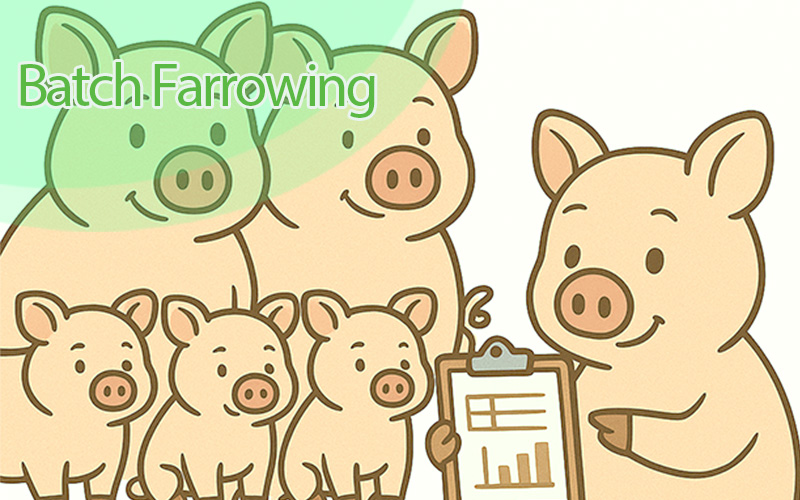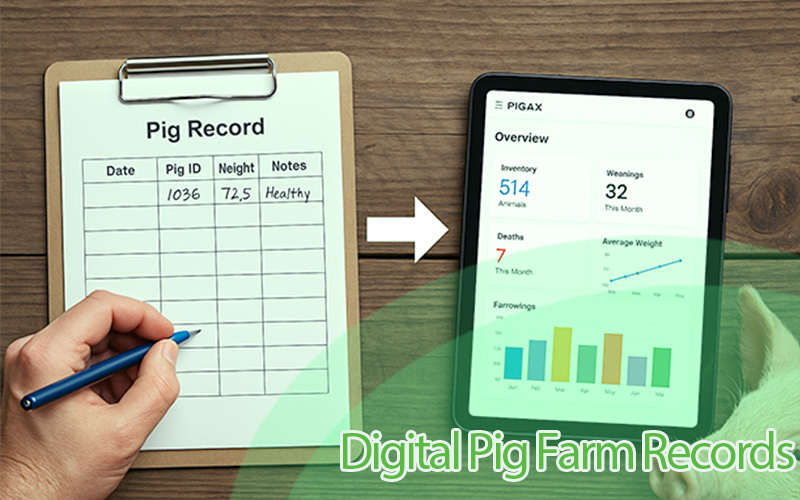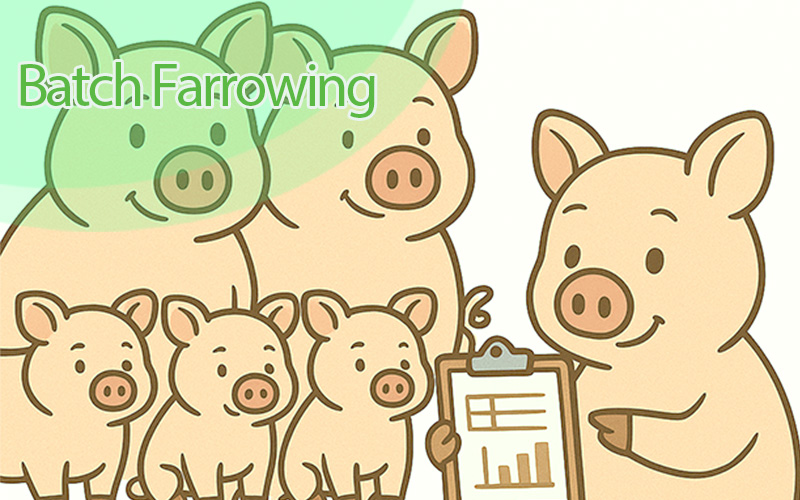Which Pig farming operation should i start?
Of course, we all know that the end result of the piggery business is to produce pork, but this does not necessarily mean every farm must produce pork at its finished state.
The entire operation can be broken down according to the several stages of development. This allows a farm to run a specific section in the production phase.
In this article, we will explore the three best pig farming operations and cover key strategies and tactics to help you achieve success in any pig farming operation of your choice. So let's get started!
Choose an operation
Each pig farming operation comes with its own unique set of practices, challenges, and advantages, and choosing the right one for your circumstances can make a significant difference in the profitability and sustainability of your farm.
It also helps you decide how much funds to budget for the operation and the size you can manage. By having a clear understanding of the type of pig farming operation you want to run, you can make informed decisions about factors such as breeding, housing, feeding, and disease control that will ultimately impact the success of your farm.
Additionally, having a clear focus on your preferred pig farming operation can help you develop a targeted marketing strategy and build a reputation in the industry.
Now let us dig into each of the operations and see which one fits your circumstances and resources.
Types of Pig farming Operations
1. Farrowing operation
A pig farrowing operation is a specialized branch of pig farming that focuses only on the breeding and raising of piglets and selling them off as weaners. Farrowing refers to the process of giving birth, and so a farrowing operation is designed to provide a safe and comfortable environment for sows (female pigs) to give birth and care for their piglets until they are weaned.
Farrowing operations play a vital role in the pig farming industry, as they are responsible for producing the next generation of pigs. Pig farmers who specialize in farrowing operations must have a deep understanding of pig reproductive health and breeding practices.
In a farrowing operation, sows are kept in individual farrowing crates or pens to prevent them from accidentally crushing their piglets. These crates are designed to be comfortable for the sow while also providing space for the piglets to nurse. The pens are typically heated to maintain a comfortable temperature for newborn piglets.
After the piglets are born, they are typically weaned from the sow at around 3-4 weeks of age. They are then moved to a separate housing area, where they can be fed a diet of creep feed until they reach the appropriate size and weight for the market. They are mostly sold as weaner pigs to pig farms that run the finishing operation.
If you find yourself in a location where pig farming is rampant and there are farmers that buy weaners to fatten, this operation can be the best option for you.
2. Wean to Finish operation
Wean-to-finish operations are a type of pig farming operation that focuses only on raising piglets to market weight. The Piglets are bought from farms operating the farrowing operation and then they are fed a diet of grain and other feed ingredients to promote growth until they get to market weight for sales.
This operation is mostly done by large-scale, commercial farmers that produce pork for a wide market. They focus more on the market weight requirement and all operations of the farm are to get the pigs to that weight so it will meet market standards.
This operation is dependent on the success of farms running the farrowing operation so they can buy weaners and continue growing them.
The advantage of this operation is that farmers don't have to go through the complexities of the farrowing operation but focus only on growing healthy piglets to maturity.
3. Farrow-to-finish operation
This is the most complex of them all. A farrow-to-finish operation is a type of pig farming operation that involves all aspects of pig production, from breeding and farrowing to finishing and marketing. In a farrow to finish operation, the farm must carry out a wide range of farming activities such as breeding sows, raising piglets, and raising the pigs to market weight.
Farrow-to-finish operations may be small-scale, family-run farms that focus on producing pork for local markets, or they may be large-scale, commercial operations that produce pork for a wider market. These operations may use a variety of techniques and technologies to optimize their operations, such as artificial insemination, gestation crates, and computerized feeding systems.
Farrow-to-finish operations can offer a number of advantages for farmers, as they allow the farmer to have more control over all aspects of pig production and potentially capture a greater share of the profits. However, farrow-to-finish operations can also be more challenging and require a greater investment of time, money, and resources.
Which Operation should I go for?
It is advised that pig farmers chose an operation they have a higher chance of succeeding at. Here are some factors to consider when selecting the operation you want to embark on.
Demand/ Opportunities
You can decide this base on the opportunities related to farming around you. For example, if you are in a location where there are a lot of farmers running the wean-to-finish operation, then you could opt for the farrowing operation and sell it to these farmers. Also if there is a high demand for raw pork in your location, then going for the wean-to-finish operation is a good choice.
Farmers Expertise
The farming skills and expertise you have are also significant determinants of the choice of pig farming operation you should embark on. Some operations, such as farrowing operations, require specialized knowledge and skills to manage effectively. Farmers with no experience in such operations may face difficulties in managing them, resulting in poor performance. So it is best to stick to the less complicated, which in my opinion should be the wean-to-finish operation.
Available Resources
Every operation has different levels of cost implications to manage successfully. Once you know the budget you are controlling, it will be wise to choose an operation that can give you a realistic result after allocating the necessary resources.




